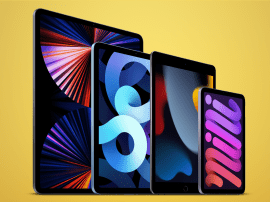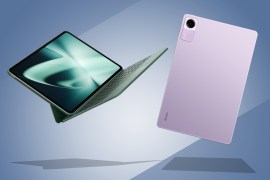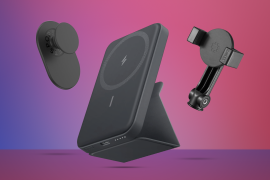What is Variable Refresh Rate? VRR explained
All you need to know about the gaming tech
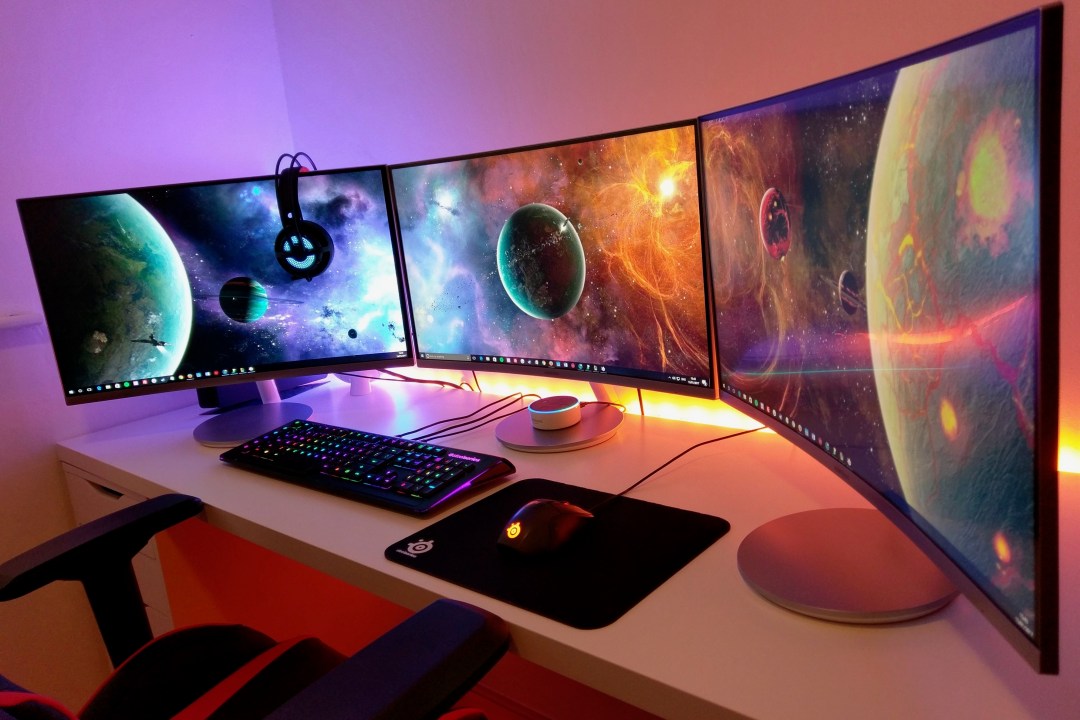
When it comes to gaming, VRR is an important term to understand – and an even better technology to have on your console.
When it comes to improving gameplay, VRR, and ALLM are often linked, but it’s important to understand that they are not the same. ALLM gets activated automatically once you start playing, which results in faster onscreen response times. On the other hand, VRR is intended to eliminate unsightly screen tearing. Let’s take a closer look at VRR and explore how it can benefit gamers with different skill levels.
VRR: What is it, and where to find it

In essence, VRR enables a display to change the refresh rate based on the frame rate of the content being viewed. This means the display can synchronise its refresh rate with the game’s frame rate, resulting in a more seamless and responsive experience.
To access VRR, you can use the latest HDMI standard, which is HDMI 2.1. It’s been available for a few years now, but many TV manufacturers have been slow to adopt it. As a result, older TVs may not have the compatible ports. However, most sets released from 2021 should have at least one compatible port. Refer to your TV’s user manual to confirm that.
The latest gaming consoles, like the PS5 and Xbox Series X/S, are compatible with VRR technology. The previous generation consoles, Xbox One X and Xbox One S, also support the technology but only between 40Hz and 60Hz. For personal computers equipped with graphics cards launched in recent years, VRR over HDMI is also supported.
With VRR, your TV can adjust the frequency of pixel updates to match the input being displayed, rather than being fixed at 60Hz or 120Hz. This means that games that drop frames during intense onscreen action will no longer appear to stutter or suffer from screen tearing, which was a common problem during the PS3/Xbox 360 era. However, PC gamers had access to AMD Freesync and Nvidia G-Sync adaptive refresh rate functionality, which prevented these issues.
VRR: What is screen tearing?
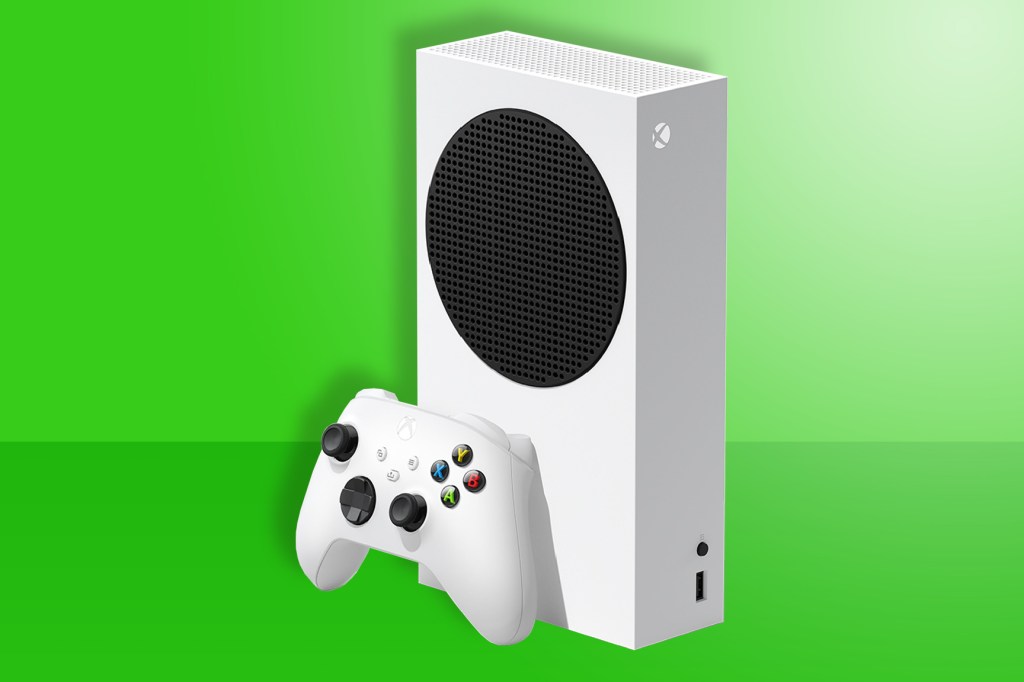
In some cases, a video may show a tear in the image, which makes games appear jittery. This is due to a mismatch between the video feed’s frame rate and the display’s refresh rate, and happens when the display cannot keep up with the video feed. It is most apparent during fast-moving scenes.
Aside from VRR, there are several methods to resolve screen tearing. One of these is utilising a feature called Sync (Vertical Sync). VSync aligns the video’s frame rate with the monitor’s refresh rate, which can mitigate screen tearing. However, it can also cause input lag, leading to less responsive gameplay.
One solution to address screen tearing is to enable FreeSync or G-SYNC. These functionalities are available on specific monitors and graphics cards. They facilitate communication between the monitor and the graphics card, allowing the monitor to synchronise its refresh rate with the video’s frame rate. This can effectively prevent screen tearing while minimising any input lag, making for an all round better gaming experience.
Recommended: Cloud gaming explained: what is it, and what services are available?
